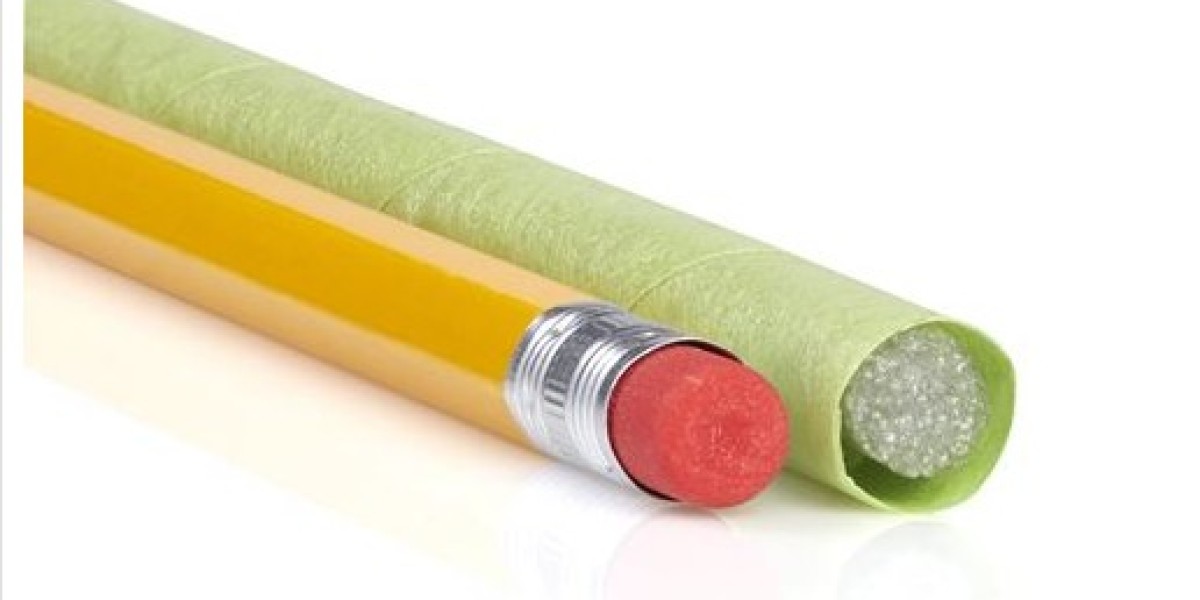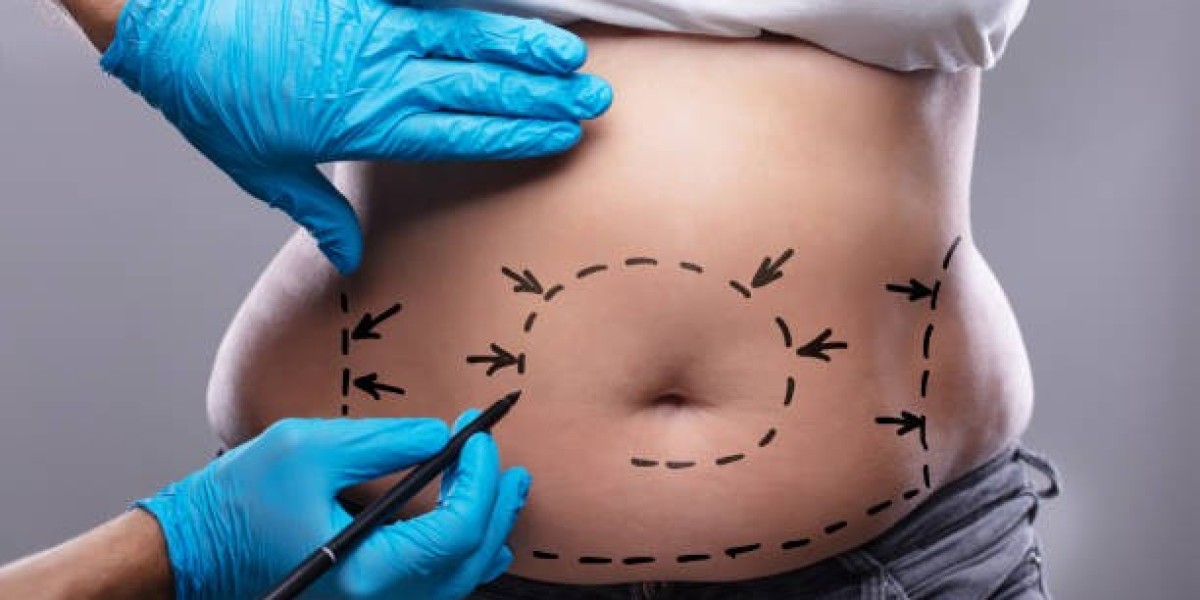Custom car painting is a transformative process that can give your vehicle a unique and personalized look. Whether you're aiming for a sleek, modern design or a bold, eye-catching statement, precision is key to achieving the best results. One essential tool in the painter's arsenal is automotive aperture tape. In this guide, we'll walk you through everything you need to know about using automotive aperture tape for custom car painting, ensuring that your project turns out exactly as envisioned.
What is Automotive Aperture Tape?
Automotive aperture tape, often referred to as masking tape, is a specialized tape designed specifically for the automotive painting process. Unlike standard masking tapes, aperture tapes are engineered to handle the high demands of auto painting, including exposure to various solvents and temperatures. The tape is commonly used to create sharp, clean lines and to protect areas of the vehicle that should not be painted.
Why Use Automotive Aperture Tape?
1. Precision: Automotive aperture tape provides sharp, clean edges, which are essential for achieving professional-looking results. This is particularly important for designs that require precise lines and patterns.
2. Durability: The tape is resistant to solvents and paint, ensuring it adheres well throughout the painting process and doesn’t peel away or allow paint to seep underneath.
3. Versatility: Whether you're working on a complex graphic design or a simple color block, aperture tape can be used to mask off intricate shapes and curves with ease.
4. Ease of Removal: The tape removes cleanly without leaving adhesive residue, which helps to maintain the integrity of the painted surface.
Steps for Using Automotive Aperture Tape
1. Preparation
Before applying the automotive masking tape, ensure that the vehicle’s surface is clean and free of dust, grease, or wax. Wash the car thoroughly and, if necessary, use a degreaser to ensure a clean surface. Dry the car completely before proceeding.
2. Planning Your Design
Plan your custom paint design carefully. Sketch out the design on paper or use digital tools to visualize how the final result will look. Decide where the aperture tape will be applied to create boundaries and patterns.
3. Applying the Aperture Tape
· Start with Straight Lines: Begin by applying the tape to areas where you need straight lines. Use a tape measure or ruler to ensure that the tape is applied evenly and precisely.
· Work Around Curves: For curves and intricate shapes, cut the tape into smaller pieces and apply them carefully, following the design lines. Stretch the tape gently as you apply it around curves to avoid wrinkles and air bubbles.
· Press Down Firmly: Use a soft tool, such as a plastic squeegee or your fingers, to press the tape down firmly along the edges. This ensures a tight seal and prevents paint from bleeding underneath.
4. Painting
Once the tape is in place, proceed with painting your vehicle. Apply the paint in even layers, allowing each coat to dry as recommended by the paint manufacturer. Avoid over-applying paint, as this can lead to runs or drips.
5. Removing the Tape
After the final coat of paint has dried completely, carefully remove the aperture tape. Peel the tape off slowly and at a 45-degree angle to avoid disturbing the paint edges. If you encounter any areas where the paint has seeped under the tape, gently touch up those spots with a fine brush.
6. Finishing Touches
Once the tape is removed, inspect the painted areas for any imperfections. You might need to do some light sanding or polishing to achieve a flawless finish. Applying a clear coat can also enhance the overall look and protect the paint job.
Tips for Best Results
· Test on a Small Area: Always test the tape on a small, inconspicuous area before applying it to the entire vehicle to ensure it adheres well and doesn’t damage the existing paint.
· Use High-Quality Paint: For the best results, use high-quality automotive paint that is compatible with the tape and will adhere well to the vehicle surface.
· Work in a Controlled Environment: If possible, work in a controlled environment such as a spray booth or garage to minimize dust and other contaminants that could affect the paint job.
Conclusion
Automotive aperture tape is an invaluable tool for achieving precision and clean lines in custom car painting. By following these steps and tips, you can ensure that your painting project results in a professional-looking finish that highlights your creativity and attention to detail. Whether you're a DIY enthusiast or a professional painter, mastering the use of automotive aperture tape will help you bring your custom car design to life with impeccable accuracy.
For more information on automotive aperture tape and other painting tools, visit Tube Tape to explore our range of high-quality products designed to support your automotive painting needs.









